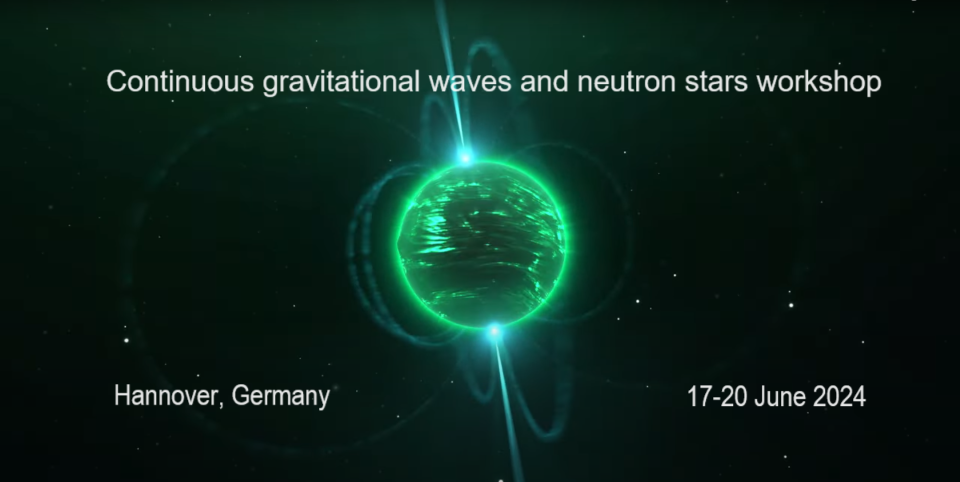Speaker
Description
Globular clusters have historically been a prime target for radio pulsar searching owing to their old stellar population and dense environment. The Terzan 5 globular cluster is one such source that houses numerous pulsars and has been extensively studied at multiple wavelengths. In this talk, I will be presenting 9 new binary pulsars discovered in Terzan 5 using the MeerKAT radio telescope. These include a potential double neutron star system with a total mass of ~ 3.2 solar masses and if confirmed, would host the fastest spinning pulsar (P ~ 2.27 ms) for any double neutron star system (DNS) known. Three systems belong to a class of spider pulsars that show radio eclipses due to material from the non-degenerate companion obscuring the pulsed emission. We were also able to constrain the individual masses for a system by measuring the Shapiro delay due to the binary companion. One system possesses the second highest eccentricity known (e = 0.903) for a recycled pulsar. These discoveries pose multiple open questions regarding their stellar evolution and formation. Finally, I will describe Einstein@Home, a volunteer distributed computing project. Through Einstein@Home, we aim to find compact pulsar binary systems (30 min < Pb < 300 min) with neutron star companions in MeerKAT globular cluster data using coherent template-bank methods. This setup has already demonstrated its capability by blindly redetecting several known pulsars in multiple globular clusters.

